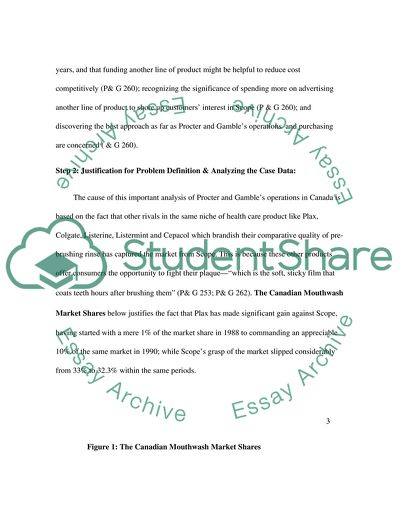Cite this document
(“Marketing Strategy of Procter and Gamble Term Paper - 1”, n.d.)
Retrieved from https://studentshare.org/marketing/1576685-marketing-strategy-final-case-study-pg
Retrieved from https://studentshare.org/marketing/1576685-marketing-strategy-final-case-study-pg
(Marketing Strategy of Procter and Gamble Term Paper - 1)
https://studentshare.org/marketing/1576685-marketing-strategy-final-case-study-pg.
https://studentshare.org/marketing/1576685-marketing-strategy-final-case-study-pg.
“Marketing Strategy of Procter and Gamble Term Paper - 1”, n.d. https://studentshare.org/marketing/1576685-marketing-strategy-final-case-study-pg.


